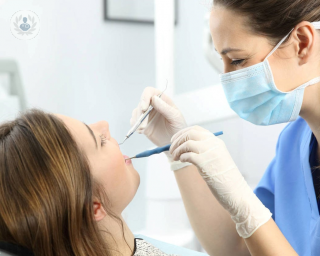Gingivitis and periodontitis
What is gingivitis? What is periodontitis?
Gingivitis and periodontitis are two types of gum disease that affect the health and appearance of the gums and teeth. They are caused by the accumulation of plaque and bacteria on the teeth, which irritate and infect the gums.

What are the main differences between them?
Gingivitis is the early, mild, and reversible form of gum disease that is characterised by redness, swelling, and bleeding of the gums. It does not affect the bone or the tooth-supporting tissues. Periodontitis, on the other hand, is the advanced, severe, and irreversible form of gum disease that is characterised by inflammation and infection of the periodontium, which is the gum tissue and bone that keep the teeth in place. It can lead to gum recession, tooth sensitivity, tooth mobility, tooth loss, and bone loss.
Who is most at risk?
The risk factors for developing gingivitis and periodontitis include:
- Poor oral hygiene
- Smoking
- Diabetes
- Hormonal changes
- Medications
- Genetic factors
- Stress
- Age
- Nutrition
How are they both diagnosed, managed, and treated?
The diagnosis of gingivitis and periodontitis is based on:
- Dental examination
- Medical history
- X-rays
- Periodontal probing
The management and treatment of gingivitis and periodontitis depend on the severity of the condition and the individual’s response to therapy. The main goals are to remove plaque and tartar from the teeth and gums, control infection and inflammation, and to prevent further damage and complications
The common methods of management and treatment include:
- Oral hygiene instructions
- Scaling and root planing
- Antiseptic mouthwashes
- Antibiotics
- Surgery
- Dental implants










